Currency: Redenomination outweighs redesigning – Tribune Online
[ad_1]
IN what appears to be good news to Nigerians, the Central Bank of Nigeria (CBN) is poised to redesign the N200, N500, and N1000 notes by December 15, 2022, to impact their value positively. The apex bank not only needs to redesign the select notes but to further take a bold step to currency restructuring by redenomination. It has to call back coins and make the Nigerian currency the reference money for Africa with sound official exchange rates of around N4.41 to $1. First, Governor Emefiele needs to bring back coins into circulation because every currency has a pair of notes and coins. Second, the Governor also needs to redenominate to bring back kobo because every currency has major and minor denominations, such as naira and kobo in Nigeria’s case. My questions from the above two points are: Where are the Nigerian coins? What caused the depletion of the coins? I treasure the sweet memories of gold and silver coins (in nand kobo) which my parents used to give me as pocket money while I was in Ansar-Ud-Deen Primary School (now ADS 1 and 2), Modeke, Igboho, Oyo State in the 1980s through Igboho-More Community Grammar School to Irepo Grammar School, Igboho. I still expended coins during my trips to the United Kingdom, Germany, France, Switzerland, United Arab Emirates, and not too long in Cyprus and Turkey. This indicates the presence of coins currency across the world excluding a few countries like Nigeria.
What does the currency redenomination entail? Redenomination is by knocking out or dropping two zeros from the currency or moving two decimal places to the left which will consequently revive coins back to circulation, in the Nigerian case as it occurred in Ghana in 2007 with four zeros dropped and in Turkey in 2005 as six zeros shed while the name of the Nigerian currency will remain the naira and kobo. During the transition period, the existing naira will be referred to as the “Old Naira”, and the new one to be called the “New Naira”. After the transition period, the word “new” may be removed, and we keep all the kobo in coins, all the naira in notes, and minor naira may also be in coins. In the process, higher denominations like N2000, N5000 and N10,000 notes must be introduced and by redenomination, will be converted to N20, N50, and highest N100 new naira notes respectively. In the same vein, the existing notes of N1000, N500, N200, and N100 notes will be redenominated to N10, N5, N2, and N1 new Naira respectively while direct coinage of N50-N5 polymer notes will automatically become 50-5 kobo coins, including new ½, 1, and 2 kobo coins.
All nations, both developed and developing, settle transactions with notes and coins in their respective circulations with varying ratios of dominance, say 90:10 per cent or 95:5 per cent respectively while Nigeria operates on a 100:0 per cent notes-coin ratio in a mono-cultural circulation. It is a pity that Nigerians aged 15 don’t know what a coin or metallic money looks like. The last time coin currency was re-introduced was 15 years ago on February 28, 2007, when new coins were issued in denominations of 50 kobo, 1 and 2 naira, with the 1 and 2 naira bimetallic, that is, each coin consisting of more than one metal or alloy, generally arranged with an outer ring around the contrasting center but in no time, unfortunately, off circulation. To achieve the currency restructuring and coins call-back, the Federal Government and the CBN in conjunction with the National Assembly need to be temporarily silent on currency redesigning and extend the December 15 set time to a new date in 2023 to give enough space for educating Nigerians especially, the not-too-literate, old people and rural dwellers on currency restructuring.
ALSO READ FROM NIGERIAN TRIBUNE
Another reason for the date extension is to enable the Federal Government to make supplementary budgetary provisions to capture currency redenomination. Redenomination will gulp more money than redesigning. In 2007, the then CBN Governor, Professor Charles Soludo, stated at a Bankers’ Committee meeting in Lagos that:‘‘…. We intend to restructure the entire currency by dropping two zeroes or moving two decimal points to the left from the currency, and issuing more coin denominations. This would entail a total currency exchange and phasing-out of all the existing denominations from August 1, 2008. Effectively, at the current exchange rate, this policy would mean that the Naira/US dollar exchange rate would be around N1.25 to US$1 then. All Naira assets, prices, and contracts will be re-denominated by dropping two zeroes or two decimal points to the left with effect from this date’’. It was either that the presidency of the late Umar Yar’Adua in 2007 didn’t get the redenomination attempt right or Soludo was not convincing enough, or the instilled phobia that the millionaires and billionaires would be relegated to thousandnaires and millionaires respectively, that was the problem, or an admixture of the three factors, since the new value of money would remain the same as the old ones.
The former CBN Governor who was one of the brain boxes of President Olusegun Obasanjo’s successful administration and now the Anambra State governor has much to tell Nigerians about his redenomination proposal in 2007 and open up to the nation the stumbling blocks he encountered, which will guide Governor Emefiele on redesigning cum redenomination. The query on coins and kobo’s disappearance propelled me to publish some pieces on the quest for the return of metallic monies to circulationin national dailies. After eight years of no-action, we are still begging for answers from the appropriate quarters: the Federal Government, Ministry of Finance and Central Bank of Nigeria (CBN). So, learning about the CBN’s currency redesigning move re-energize me to re-echo the crusade before it is too late. It is evident from the foregoing that the Nigerian currency’s redenomination overshadows redesigning. For the country’s currency to align with global currencies and to redeem coins from perpetual extinction, I would like to advise President Muhammadu Buhari to embark on currency restructuring and devise ways of returning the precious metallic monies to circulation to meet up with the global currency standards. This will add colour to his economic reforms and be a farewell gift to Nigerians in 2023.
- Dr. Alao is a lecturer in the Department of Economics, University of Abuja.
[ad_2]
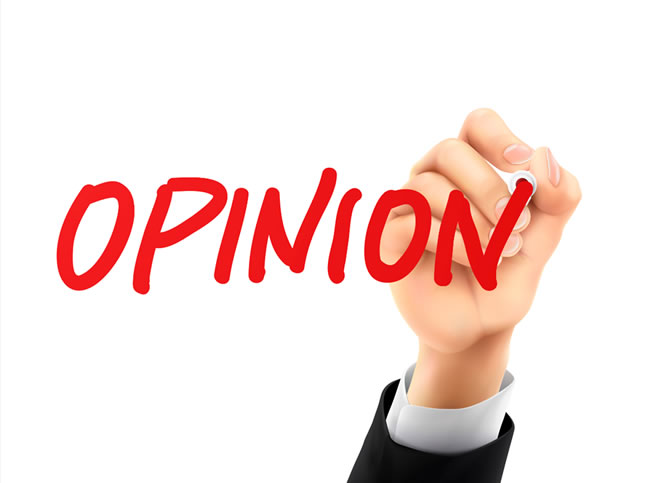

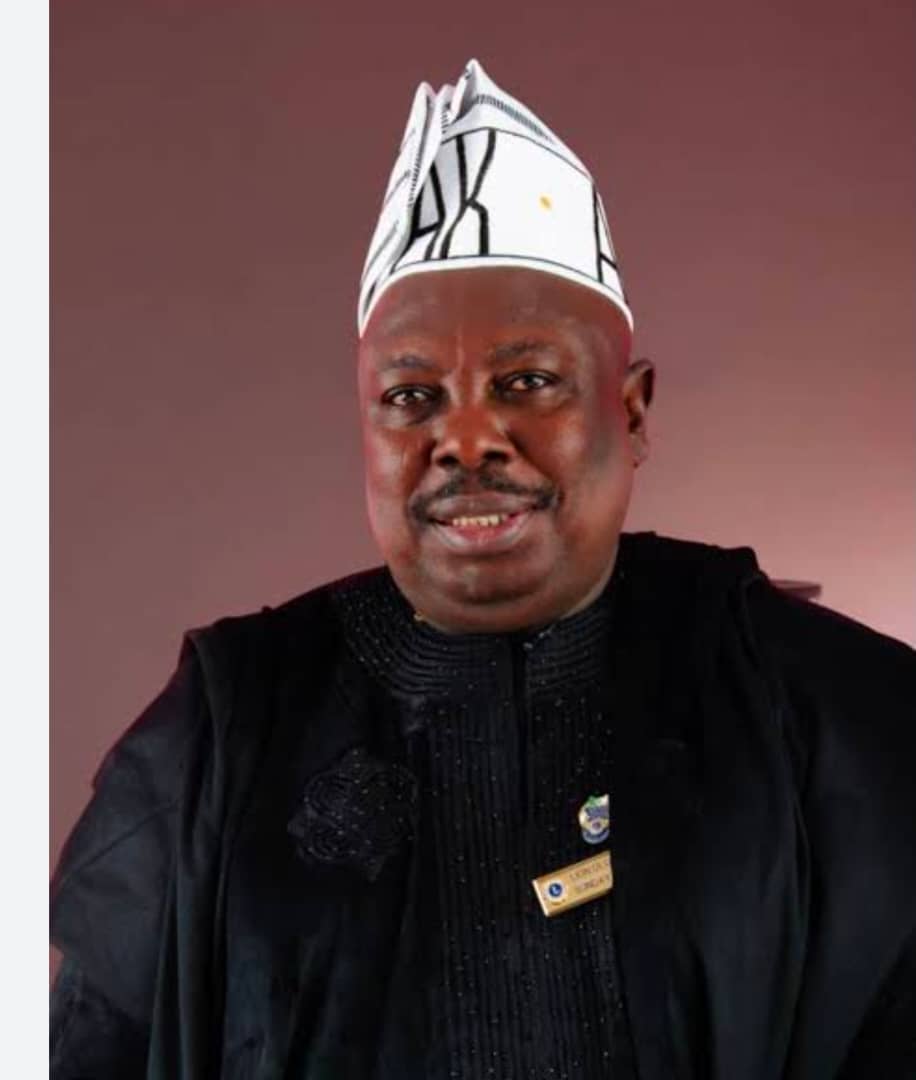
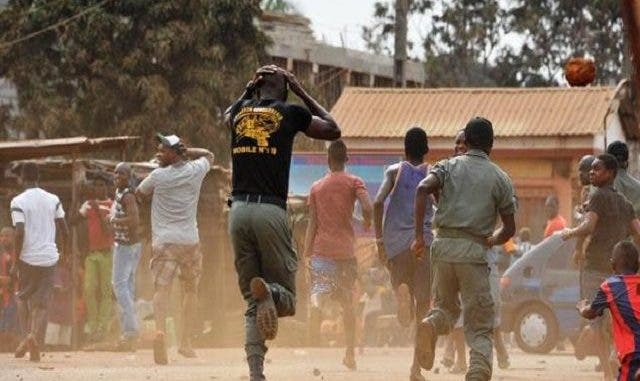
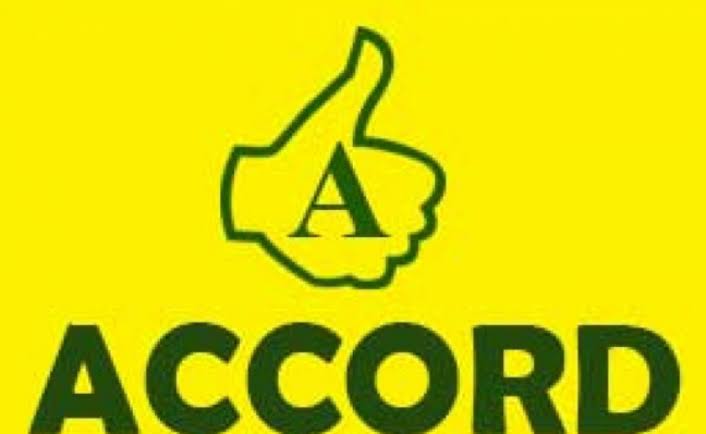
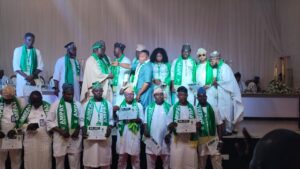


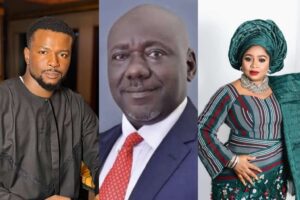


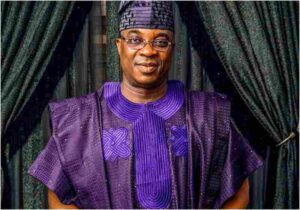



Post Comment